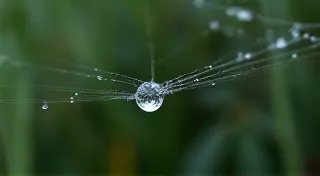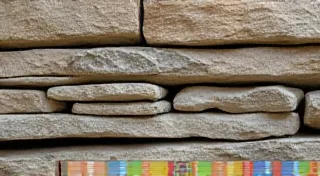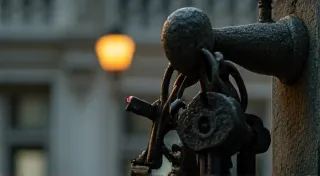The Poetry of Small Things: Finding Beauty in the Ordinary of Victorian Buttons
We live in an age of grand narratives, of sweeping technological advancements and constant visual stimulation. It’s easy to overlook the quiet beauty residing in the unassuming, the seemingly insignificant. Yet, within these small, often-forgotten objects, lies a profound connection to the past, a whisper of the hands that crafted them, and a testament to an era’s aesthetic sensibilities. For those of us captivated by Victorian buttons, this is especially true. These aren’t just fasteners; they are tiny, tangible poems, each telling a silent story of fashion, industry, and artistry.
My own journey into the world of Victorian buttons began, as so many do, with a curiosity sparked by a forgotten box unearthed in my grandmother's attic. Amongst yellowed lace and faded photographs, lay a jumble of buttons – a dazzling array of shapes, sizes, and materials. They weren’s valuable, not in a monetary sense, but they possessed an undeniable allure. Picking them up, running my fingers over their delicate surfaces, I felt a strange sense of connection to a past I’s never known. Each button seemed to pulse with a history, hinting at the garment it once adorned, the person who wore it, and the world it inhabited.
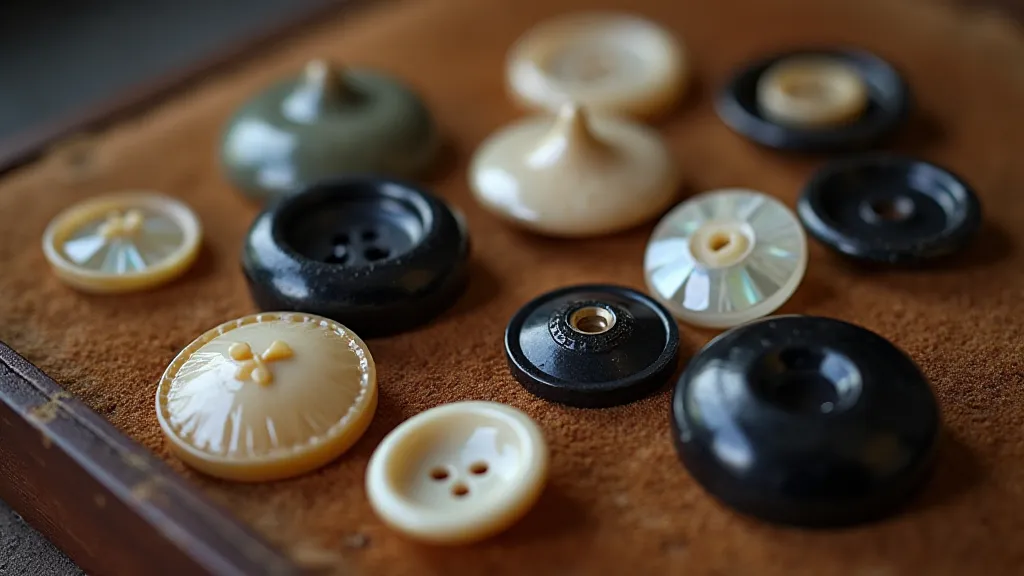
The Materials Speak Volumes
The Victorian era, spanning roughly from 1837 to 1901, was a period of remarkable innovation in materials science and manufacturing. This is wonderfully reflected in the sheer variety of button materials used. Horn, for example, was incredibly common. It’s often overlooked today, but the way Victorian craftsmen could carve and polish horn into intricate designs was a true art. The subtle variations in color, the way light plays on the surface – it's a testament to their skill. Horn buttons speak of practicality and accessibility, representing the clothing of the working class and the middle class alike.
Then there's the ethereal beauty of mother-of-pearl. Derived from the inner lining of seashells, these buttons shimmer with an otherworldly luminescence. They were often reserved for finer garments – evening dresses, christening gowns – reflecting the wearer's status and taste. The iridescent glow, the way the colors shift with the angle of the light, speaks of refinement and elegance. The intricate processes involved in harvesting, preparing, and crafting mother-of-pearl into these miniature masterpieces highlight the dedication of Victorian artisans, showcasing a level of skill that often feels lost in today’s mass-produced world.
Jet, a fossilized wood, holds a particularly poignant history. Popularized by Queen Victoria after the death of Prince Albert, jet buttons became a symbol of mourning. Their deep, black hue perfectly embodied the era's somber aesthetic. Holding a jet button, one can't help but feel a connection to the widespread grief and the elaborate rituals surrounding death in Victorian society. The fragility of these pieces, often brittle with age, is a tangible reminder of the passage of time and the enduring nature of human sorrow. The meticulous polishing and carving techniques used to create these somber adornments speak to the artistry even in moments of profound grief.
Beyond these, glass, celluloid (an early plastic), and even precious metals like gold and silver were utilized, each contributing to the rich tapestry of Victorian button design. Each material presented unique challenges and opportunities for the craftsman, leading to a breathtaking diversity of styles and techniques. It’s fascinating to consider how the availability of certain materials, and the development of new processes to work with them, shaped the aesthetic landscape of Victorian fashion.
Manufacturing Marvels: From Handcraft to Factory Production
The early Victorian era witnessed a transition from largely hand-crafted buttons to mass production. Initially, buttons were carved by hand, often by skilled artisans who took great pride in their work. These early handcrafted buttons display a level of detail and individuality rarely found in later, machine-made examples. The variations in shape, size, and finish are unique signatures of the maker. The legacy of these artisans remains visible in the enduring beauty and unique character of the earliest Victorian buttons.
The introduction of machinery, particularly the button molding machine, revolutionized the industry. This allowed for the production of buttons on a scale previously unimaginable. While this brought buttons to a wider audience and made clothing more affordable, it also resulted in a certain homogenization of design. While machine-made buttons could be beautifully crafted, the artistry of the individual artisan often diminished. Early button factories, such as those in Birmingham, England, became hubs of industrial innovation, employing thousands and contributing significantly to the region’s economy. Tracing the history of these factories and the technological advancements they pioneered offers a fascinating glimpse into the rise of industrialization. Furthermore, understanding how the increasing demand for these buttons influenced the sourcing and processing of raw materials paints a complex picture of Victorian industry.
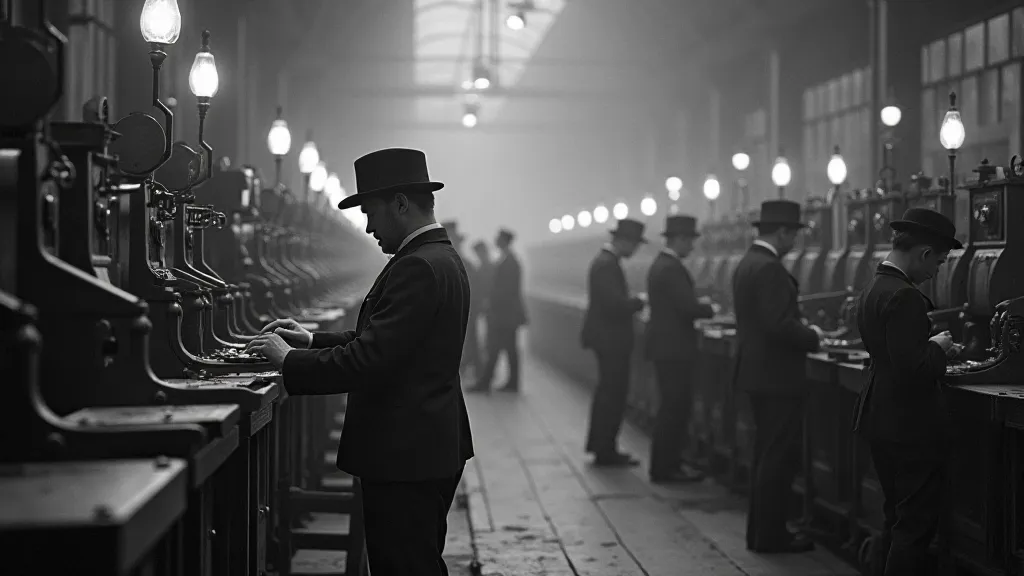
Design & Symbolism: A Visual Language
Victorian buttons weren’t just functional; they were a form of visual communication. Designs were often laden with symbolism, reflecting the wearer's social status, beliefs, and interests. Floral motifs, for example, were incredibly popular, representing beauty, growth, and the fleeting nature of life. Military buttons, often bearing crests and regimental numbers, conveyed a sense of duty and patriotism. Animal motifs – birds, butterflies, and various mammals – were also common, often symbolizing specific virtues or qualities. Understanding the nuances of this visual language requires a broader appreciation for the Victorian era's artistic and cultural values. For example, the use of specific floral patterns could signify membership in a particular society or reflect a personal sentiment.
The design history of buttons is intrinsically linked to the broader trends in Victorian fashion and art. The Aesthetic movement, with its emphasis on natural forms and organic patterns, heavily influenced button design, leading to a proliferation of intricately carved floral and botanical motifs. Even the size and shape of buttons could communicate a message; larger, more ornate buttons were often reserved for special occasions, while smaller, simpler buttons were used for everyday wear. The impact of design innovations wasn't always immediate or universal, however. Sometimes, shifts in popular taste or the availability of certain materials could create unforeseen consequences for button manufacturers and consumers. Studying how these changes unfolded reveals a dynamic and ever-evolving fashion landscape. The care and thought put into selecting a button weren’s merely about decoration, but a subtle act of self-expression.
The seemingly small alterations made to manufacturing techniques often had a surprising effect on the final product and its value. Examining these subtle shifts – how a slight change in tooling or the introduction of a new binding agent could impact the finish and durability of a button – offers a fascinating look into the economics of Victorian industry. These details can be explored further in articles like The Butterfly Effect: Minor Manufacturing Changes and Their Impact on Victorian Button Values, offering a deeper understanding of how seemingly insignificant details can dramatically influence an item's worth.
Preserving the Past: Care & Collecting
Collecting Victorian buttons isn’t just about acquiring objects; it’s about preserving a piece of history. Many buttons have survived for over a century, enduring wear and tear, exposure to the elements, and the vagaries of time. Careful handling and proper storage are crucial to ensuring their longevity. Avoiding harsh chemicals and direct sunlight, which can damage the delicate materials, is essential. It’s also important to appreciate that each button carries its own story – a silent record of the garment it once adorned and the hands that crafted it.
Restoration can be a delicate process and should be approached with caution. Many collectors prefer to leave buttons in their original, patinated condition, as the signs of age and wear tell a story of their own. However, cleaning can be performed gently, using soft cloths and mild soap. For broken buttons, professional restoration is often the best option. The ethics of restoration are a complex issue in the collecting world, and the decision to restore or preserve a button’s original condition is a deeply personal one. Collectors often grapple with the balance between maintaining historical accuracy and enhancing the button’s aesthetic appeal.
The challenges faced by collectors are often intertwined with larger themes of historical preservation and cultural heritage. Understanding how collectors approach their craft – their methods for cataloging, storing, and researching their collections – offers valuable insights into the process of safeguarding our collective past. The careful consideration given to each piece, the dedication to tracing its history, and the passion for sharing its story all contribute to a richer appreciation for the Victorian era. For collectors, the pursuit of knowledge and the desire to connect with the past often outweigh the monetary value of their acquisitions.
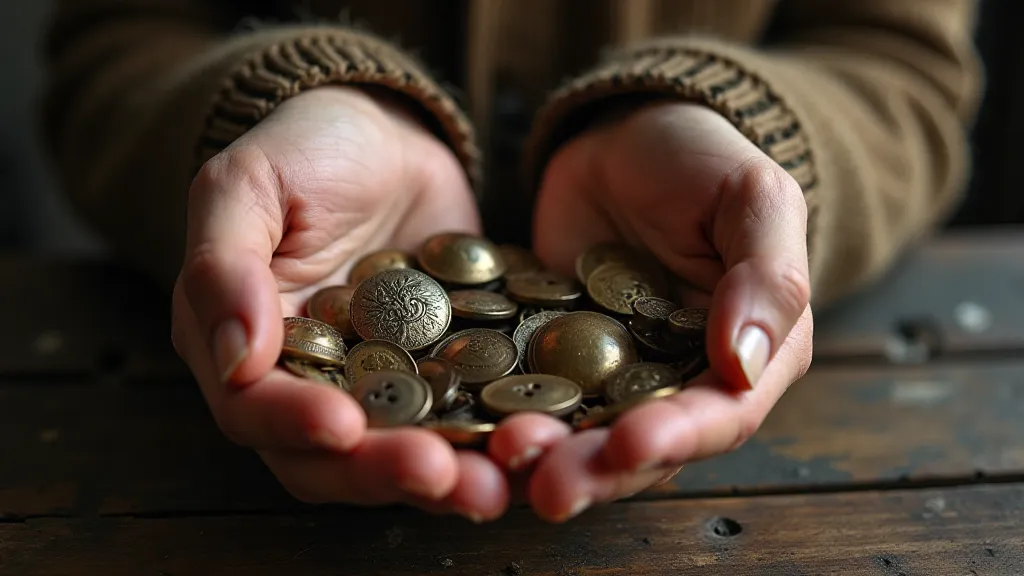
A Timeless Fascination
Victorian buttons offer a unique window into a bygone era – a time of profound social change, remarkable innovation, and enduring artistic sensibilities. They remind us that beauty can be found in the most unexpected places, that even the smallest objects can hold profound meaning. Taking the time to appreciate these miniature masterpieces is not simply a hobby; it’s a form of meditation, a connection to the past, and a celebration of the enduring power of human creativity. The way that seemingly insignificant details reflected broader societal trends makes these small objects surprisingly powerful indicators of the Victorian mindset. The stories embedded within these buttons offer a glimpse into a world of intricate social hierarchies, burgeoning industrial innovation, and evolving aesthetic values.
The impact of colonialism on design and manufacturing practices is also a fascinating area of exploration. Examining how materials and motifs were imported from across the globe, and how these influences shaped Victorian button design, provides a deeper understanding of the era’s interconnectedness and the complex legacy of empire. The influence of foreign styles is clearly visible when looking at certain designs and can be further explored in articles like Echoes of Empire: Colonial Influences on Victorian Button Design. The poetry of these small things speaks to us across the years, inviting us to pause, to reflect, and to find beauty in the ordinary.

